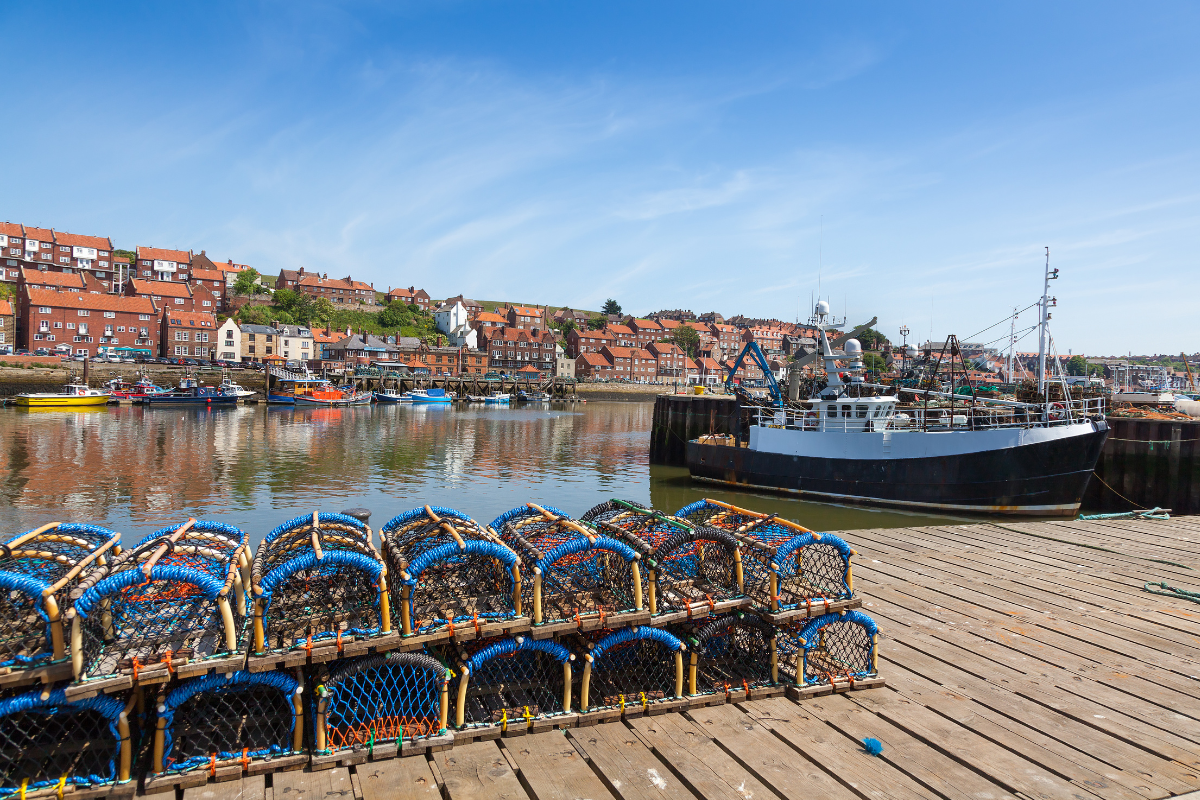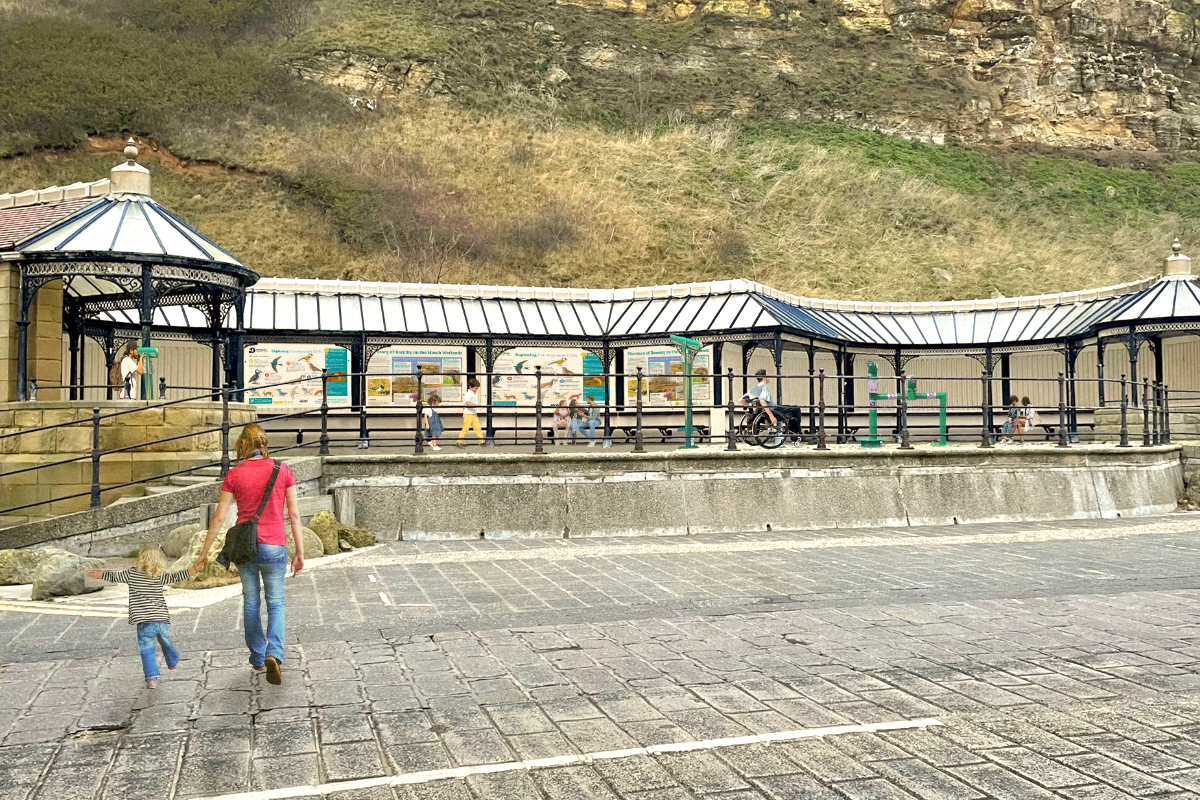
A government committee has heard competing theories about what caused the deaths of thousands of shellfish off the Yorkshire Coast.
The Environment Food and Rural Affairs Committee heard yesterday from government scientists who put the mass mortality event down to an algal bloom which they say caused a lack of oxygen at the seabed - killing the crustaceans.
But, academic researchers from the University of Newcastle say they believe that dredging in the River Tees released a toxic chemical called Pyridine from the seafloor, which killed the crabs and lobsters.
Joe Redfern from the Whitby commercial fishing Association spoke at the hearing, he wants further dredging to be halted.
DEFRA's official report had concluded that a naturally occurring algal bloom was responsible for the mass mortality event last year.
But Dr Gary Caldwell from Newcastle University's School of Environmental Science, says experiments have shown that the chemical pyridine could have killed the crustaceans, he's concerned that dredging in the River Tees at the time of the event could have released the chemical from the seabed and he says their research shows that crabs are more susceptible to the chemical than had been previously thought.
DEFRA and the Environment Agency say they haven't detected Pyridine in the River Tees since 2018.




 Council Confirm Scarborough Athletic May Need to Temporarily Relocate
Council Confirm Scarborough Athletic May Need to Temporarily Relocate
 Burniston Drilling Rig Firm Responds as Parish Councils Vote Against Plans
Burniston Drilling Rig Firm Responds as Parish Councils Vote Against Plans
 Scarborough's New Sea Watching Station Prepares to Open
Scarborough's New Sea Watching Station Prepares to Open
 Half of All Shoplifters Being Identified on North Yorkshire Coast
Half of All Shoplifters Being Identified on North Yorkshire Coast
 Council Chiefs Work on Free Parking Strategy for North Yorkshire
Council Chiefs Work on Free Parking Strategy for North Yorkshire
 Former Scarborough Teacher Backs Call for Short Breaks Carers
Former Scarborough Teacher Backs Call for Short Breaks Carers
 Invisible Solution Helps Reduce North Yorkshire Farm Thefts
Invisible Solution Helps Reduce North Yorkshire Farm Thefts
 Knighted North Yorkshire Council Officer Announces Departure
Knighted North Yorkshire Council Officer Announces Departure
 Record Field for North Yorkshire Tour of Britain Stage
Record Field for North Yorkshire Tour of Britain Stage
 Green Light for Scarborough Dog Grooming Salon in Residential Garage
Green Light for Scarborough Dog Grooming Salon in Residential Garage
 Council-backed Plan to Convert Scarborough Church Hall into Supported Housing
Council-backed Plan to Convert Scarborough Church Hall into Supported Housing
 Email Issues with Burniston Gas Rig Consultation Resolved
Email Issues with Burniston Gas Rig Consultation Resolved










Comments
Add a comment